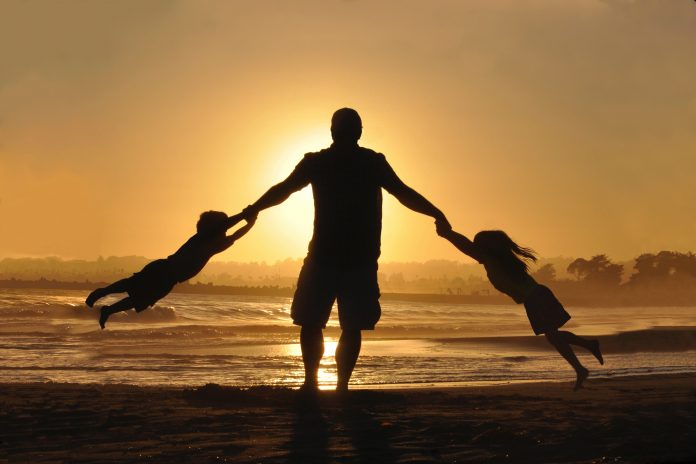
Authors: Elina Jokinen, Edris Bayan Shenwarai, Ahmed Zaidan, Ellen Nieminen ja Johanna Hiitola
”When the phone rings, my heart starts to beat bum, bum, bum. I hope nothing has happened”, a young refugee separated from his family tells us.
Sense of security is often understood as having no physical or mental threat and being able to have a secure income and housing, as well as access to personal development. These conditions may seem to be fulfilled for refugees living in Finland. However, many of the people who are able to secure their residency based on international protection may live lives filled with insecurity, which influences them both physically and mentally.
Sense of insecurity and many related symptoms came up when we interviewed 40 refugees about their experiences being separated from their families. The main emotion is not simply yearning to reunite, as many refugees also worry about their loved ones’ safety so much that they cannot have regular everyday lives.
One of the most common symptoms of family separation is insomnia. The night is the time when you cannot fill your thoughts with other activities or social encounters. Thoughts start racing and memories become alive. If one could fall asleep, nightmares in which something awful happens to one’s family often disrupt peaceful rest. One father, who had been forcefully separated from his family on his journey, said that he has not been able to sleep by himself since. A friend came to sleep with him every night. This father was among the few lucky ones and he finally got his family to join him in Finland. However, he still cannot sleep alone although his family has been with him already for four years. Traumatic memories are deeply rooted.
Constant worry can also transform into a new normal. Many people we interviewed told us that their lives were simply a struggle to survive. One has to study, have a hobby, go outside and be active. The pain is an undertone, which manifests itself at night or is dragged along as a heavy burden. When there are no options, living on the verge of collapse becomes a given. ”I have to move forward”, one interviewee said. Another option is to give up – this young man had considered that as well. Luckily he had gotten help with his suicidal thoughts.
Thinking about one’s family and home country is difficult, because the means of helping one’s family are limited. News about explosions provoke anxieties when the family’s whereabouts are unknown. Are they in the area where the bombs are exploding, or somewhere safe? Some of the interviewees didn’t know where their family was or even if they are alive. However, those who heard about their family members often were also influenced by the constant news of hardships.
One young mother described being away from her family as being partly paralyzed. One half of her was in Turkey with her mother and sister, and the other half was desperately trying to hold on to the life in Finland, where she hoped her children would grow up happily. Guilt over children being influenced by their mother’s distress was an extra burden that felt too hard to bear.
Some refugees told us that they had gotten help from the mental health services or other places. However, most of them are carrying their burdens alone. Not telling anyone often feels like the best option, since sharing the experiences is too painful. And – many say – even if you are offered counselling, doesn’t that merely treat the symptom? From the point of view of individual’s well-being and refugees’ integration, it is essential to make the process of family reunification easier. The process in Finland has been made more difficult systematically since 2010.
This article has been translated into Arabic, Dari and Finnish.
This blog entry is the first part of a three-part multilingual series showcasing the results of the research project “Family Separation, Immigration Status and Everyday Safety”. The project investigates the impact of immigration policy restrictions in terms of experiencing and organizing everyday safety among vulnerable immigrants and their transnational families. The first part of this series can be read here.










